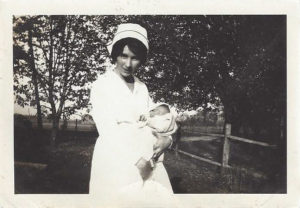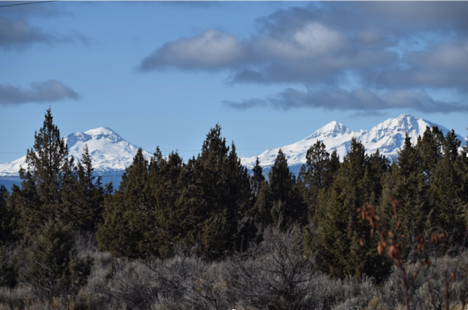Annie Dillard writes in The Writing Life that:
In writing, “The line of words is a miner’s pick, a woodcarver’s gouge, a surgeon’s probe. You wield it and it digs a path you follow.”
An apt metaphor, because not only does the writing dig a path to follow, it leaves behind clues that create deeper paths into the forest of characters, and which eventually come back to reveal deeper layers, sometimes even to the author who created the story. Thus the Boomerang Impact. Like being hit on the side of the head with an ‘aha”. Have you ever read a book, finished it thinking you knew exactly what the story told you, then picked it up years later and discovered more layers? This has happened to me as the author of Those We Left Behind.
Mary Oliver’s poem “The Journey” finishes with these words:
But little by little
as you left their voices behind
the stars began to burn through
the sheets of clouds
and there was a new voice,
which you slowly recognized as your own.
As writers we need to step outside our skin as Colum McCann says: “the only way to expand our world is to inhabit an otherness beyond ourselves.”
Casey the protagonist, cannot inhabit an otherness because it’s much too frightening. Only in the safety of academe might she talk about deeper living.
Her journey throughout the story, like many of us, is about finding her way in… into herself, that she may someday go back out and be in the world in a truthful way.
A character in a book can speak on the page, and reveal the wisdom that is possible within all of us.
As I wrote her into life I called on old experiences of mine and shaped them in new ways and I let Casey lead the way.
I knew some things about her: that she didn’t spend much time worrying about her wardrobe, that she had favourite students in her seminars… Rob, Anya. That she loved the solitude of her Irish cottage.
Yet some of her deepest feelings about how it is to be in this world were revealed only to her graduate students, and some of her revelations have come back to me from readers speaking about what Casey brought to them. For example,when one her students expresses her thoughts about feeling safe in Casey’s class, we read that:
Casey gave air and space to her words. She believed that spoken thoughts and responses needed time to establish their own significance, rather than being run over by too-hasty support or worse ill-considered questions.
Casey says:
“We are often invisible and without sound in this world. Let’s listen to one another carefully and let’s see one another.”
She speaks out from the pages. I have discovered from listening to readers that she in some personal way speaks out to them in ways I might not have predicted.
When Casey awakens in her new bed in her Irish cottage where she has traveled to, to do some writing and sorting she writes into her journal:
“A sad note sits somewhere within, it sings of farewells of lives lived far away. I am aware from my skin to my heart how fragile and precious we all are. I need to experience the kind voice of another – I want to be in the world visible and real”
Casey lit my imagination, she did so all through the story. Sometimes she surprised me, and sometimes irritated me, but I never lost sight of her. So it seems right that she is still speaking back to me.
Casey’s story is a layered one, because the truth of life is, it is layered and messy, and if I’m not writing about the messiness of it all – then I’m not doing what a writer-friend said to me once, “Just keep it honest.”
Here’s what Casey said about life, in the last paragraph of her thesis as she told it to Andy Kingwood, the man who was her thesis advisor and her friend:
“There will come a time when you take back the moments, that were pure, those childlike moments. And you will know. You will know everything is a mystery and everything is connected-every event, every loss, every hope, every yearning and every joy. Nothing is superfluous. All is life. Bless it all.”
That’s my Casey.


